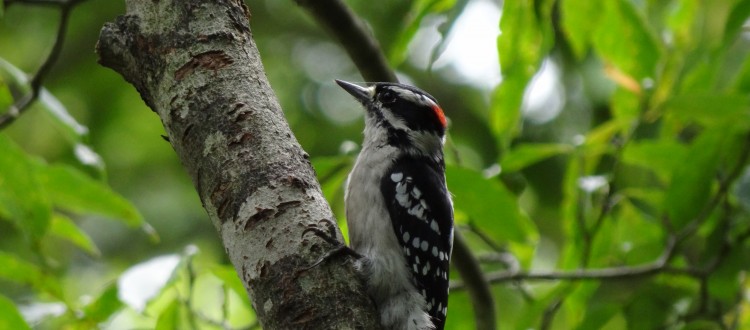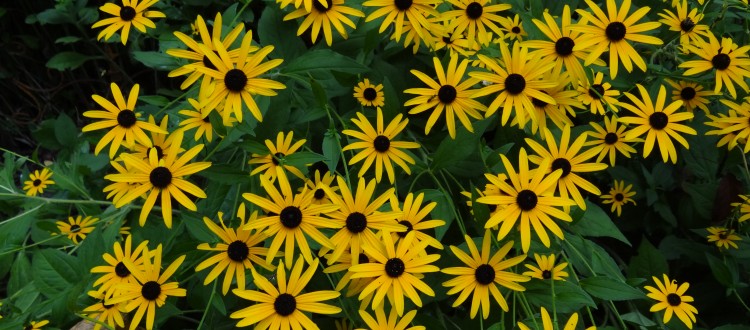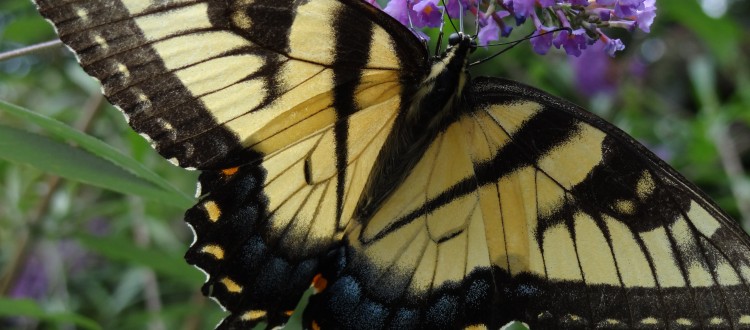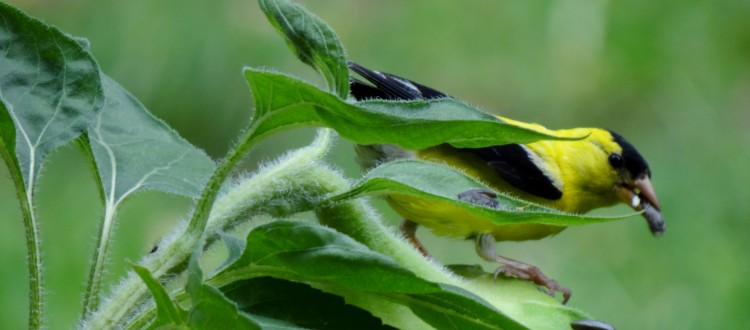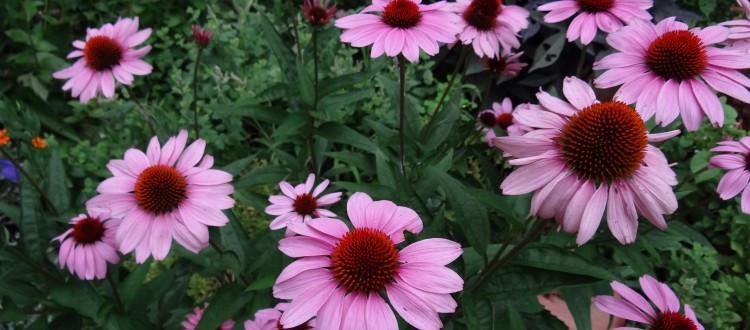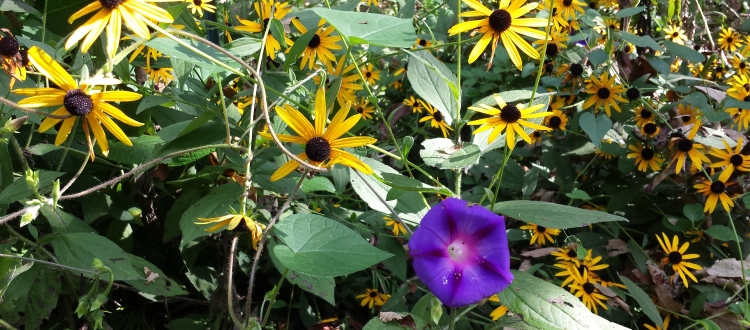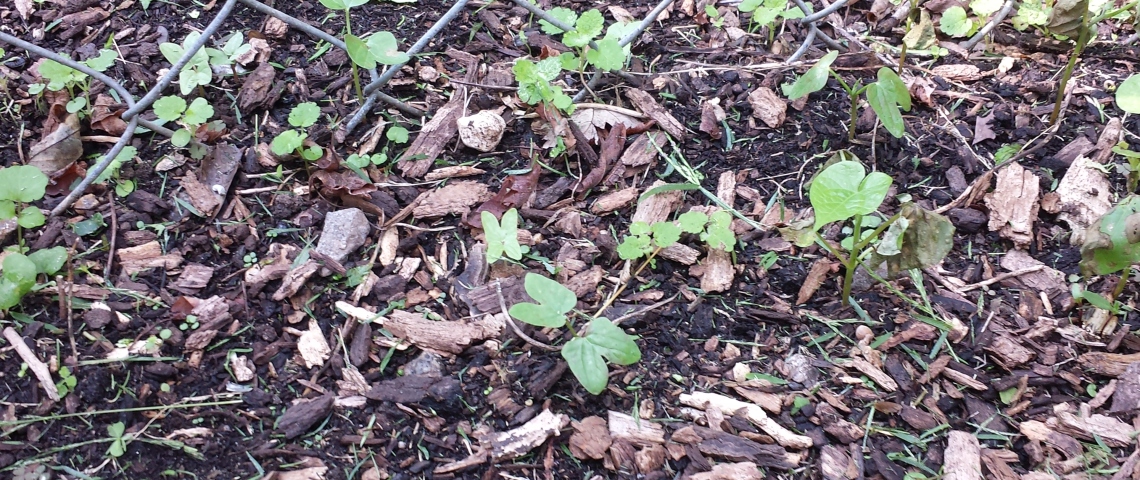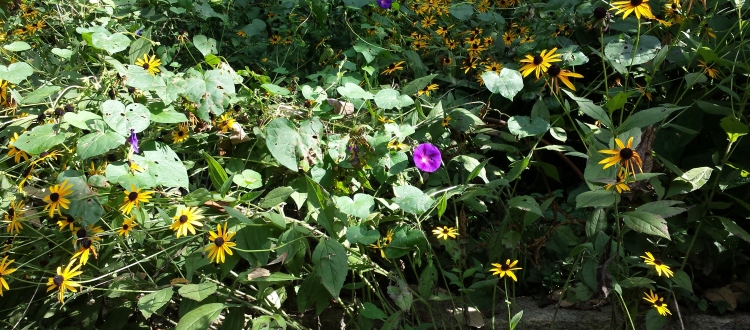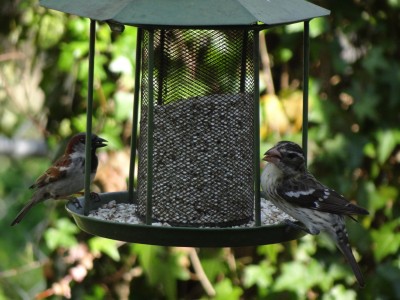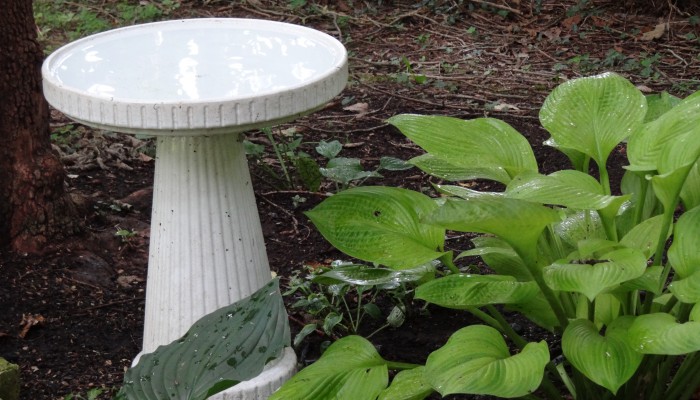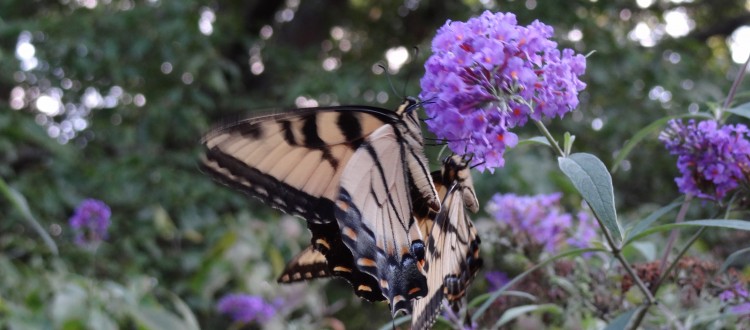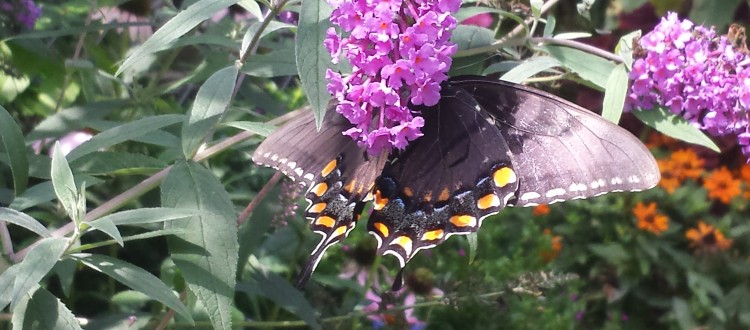Kathleen Cook
My name is Kathleen and West Asheville has been my home for the past 15+ years. I’ve seen this area go from “worst Asheville” to the popular side of town. In 1995, I relocated from a small college town in Ohio to Asheville. With no job and a cat, I have done what so many Ashevillians do: find my way as an artist, create a humble life, and develop my love for all things beautiful. Now, with three cats and a husband; I work from home as a jewelry designer, travel for my Jewelry Trunk Sales, and help in the office with my husband’s business.

Professionally, I create one of a kind jewelry designs incorporating precious metal clay, semi-precious stones, fresh water pearls, Swarovski crystal; with sterling silver beads, chain, and findings. Each piece is a unique and modern take on both current and classic jewelry styles: suitable for every age. Sophistication, function, and my artistic aesthetic dictate each design; resulting in a piece that is truly special.
All of my jewelry is made solely by me, in limited editions or by custom requests.

